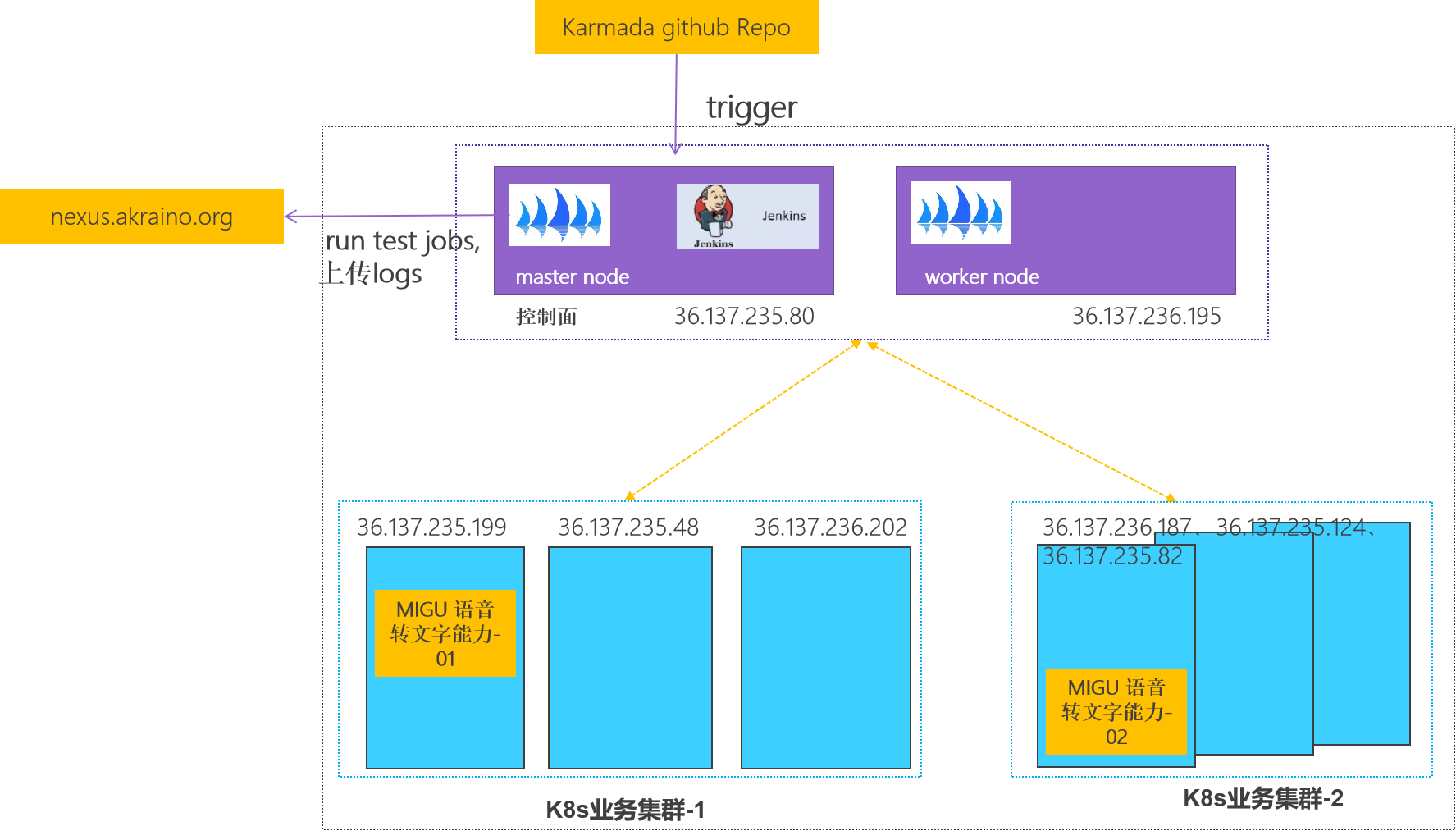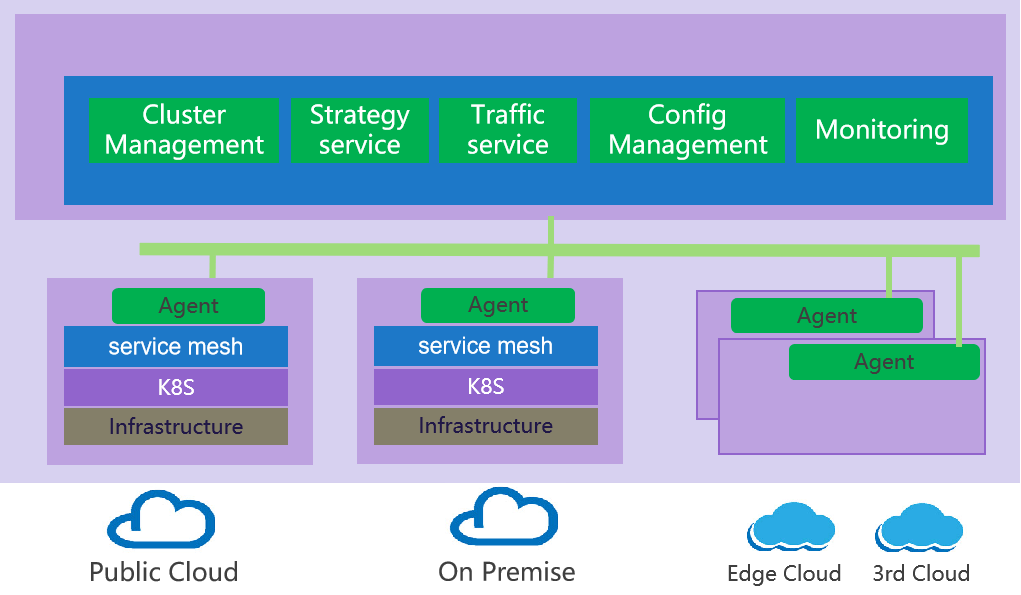Blueprint overview
CFN, defined as computing force network, is a new information infrastructure that takes computing as the center, network as the foundation, and deeply integrates Network, Cloud, big Data, Artificial Intelligence, Security, Edge, Terminal and Block chain to provide integrated services .
According to the unified ubiquitous scheduling management layer, the computing force of public cloud, on premise, edge cloud or external third parties is managed to achieve consistent cluster, strategy, configuration and traffic management, and to achieve resource-level and task-level scheduling.
Use Case
According to the CFN Ubiquitous Computing Force Scheduling, the computing force of public cloud, edge cloud and external third parties is managed to achieve consistent cluster, policy, configuration and traffic management, and to achieve resource-level and task-level scheduling.
* Ubiquitous Computing Force concept:Logically, the computing force is more three-dimensional, including three levels: center, edge and terminal. Physically, resources span data centers in different regions. The kernel is heterogeneous, including general computing force ( x86/ARM ) and special computing force ( GPU/DPU... ).
In this blueprint,
Business Drivers
Computing Force Network(CFN)puts forward higher requirements for the management and collaboration ability of ubiquitous computing power. Ubiquitous computing power scheduling technology involves cross-layer scheduling of cloud, edge and end multi-level computing power, and it needs to meet the scene requirements of various heterogeneous computing power management and multi-party social computing power access. At present, the core management framework, key technical solutions and products of ubiquitous computing scheduling technology are gradually developing, and have not yet entered the mature stage of technology.
Overall Architecture
Control plane: one k8s cluster is deployed in private lab.
Traffic plane: two K8s clusters are deployed in private lab.
项目路标,待补充:
1、业务多集群分分发部署;(根据可测试内容补充)
2、容灾场景的(根据可测试的内容补充)
3、算网协同调度算法增强;(可作为下一阶段的特性规划进来)
Platform Architecture
According to the unified ubiquitous scheduling management layer, the computing force of public cloud, on premise, edge cloud or external third parties is managed to achieve consistent cluster, strategy, configuration and traffic management, and to achieve resource-level and task-level scheduling.

